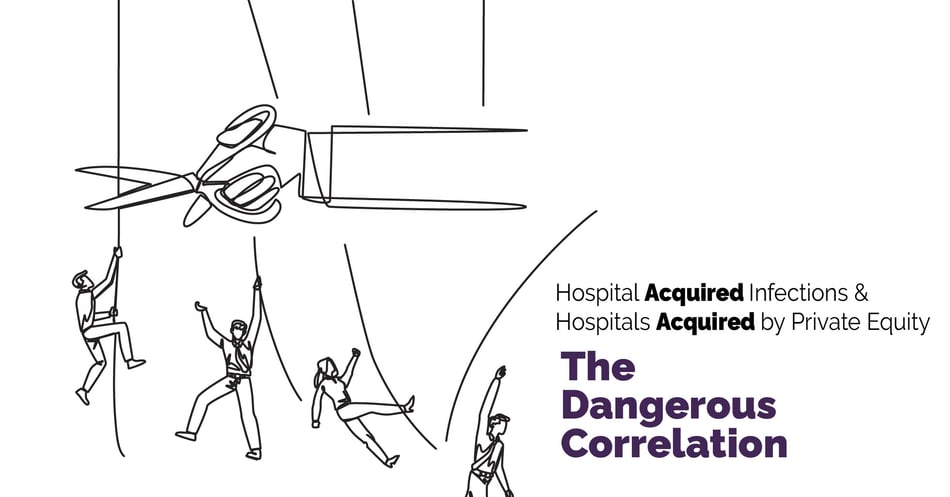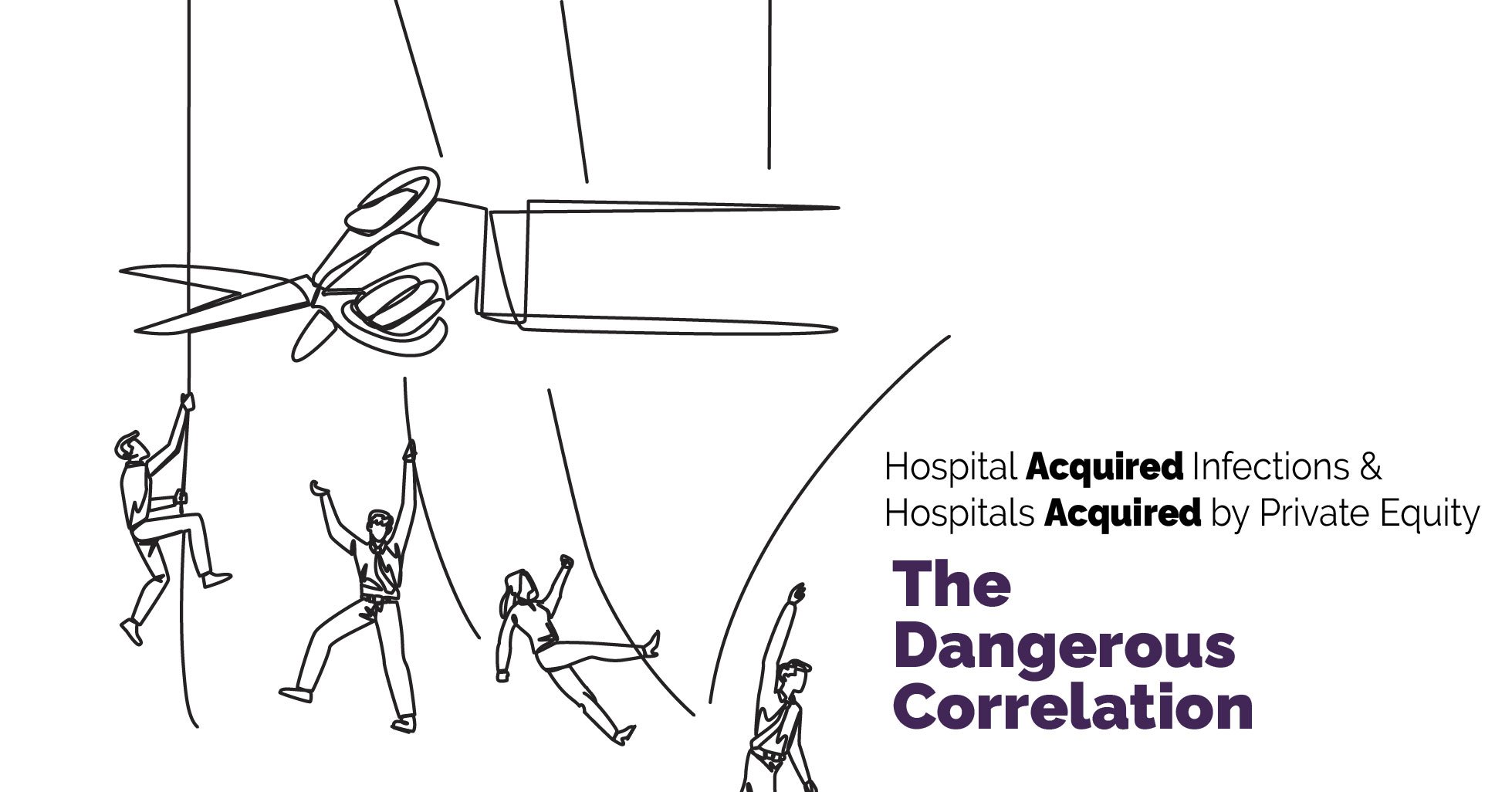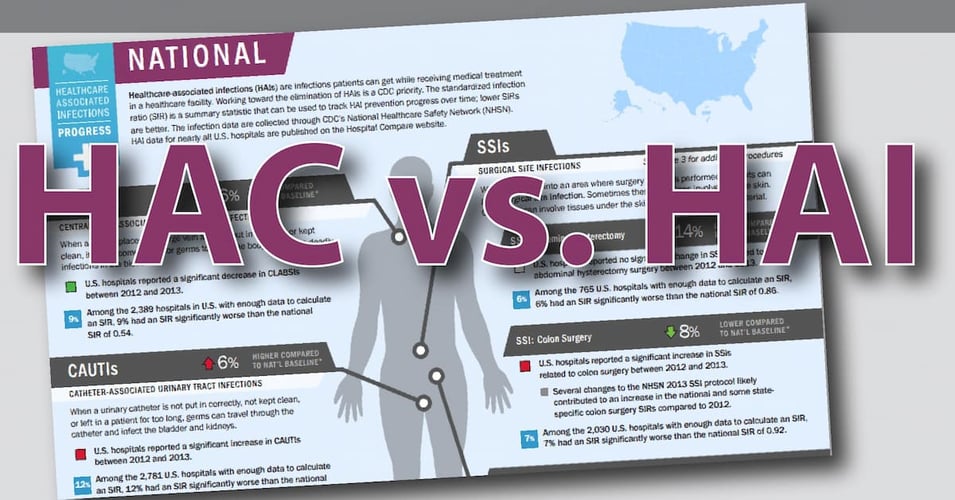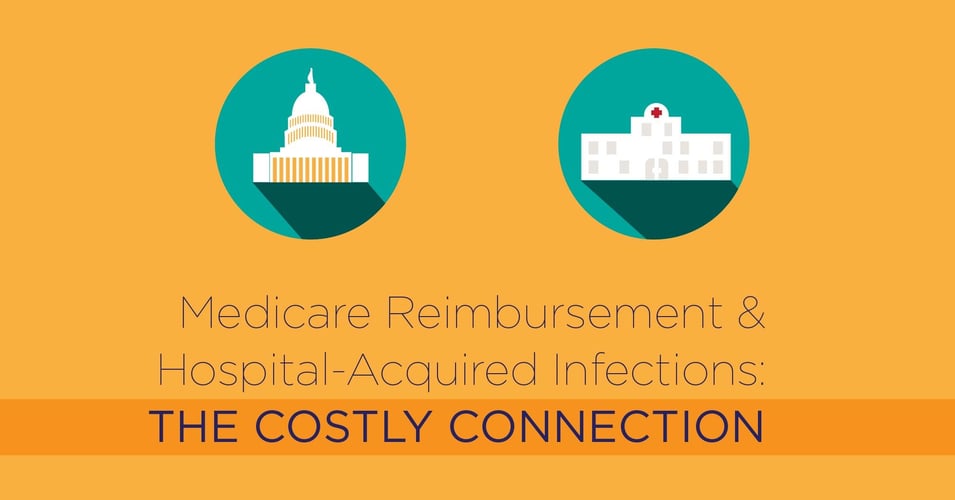Hospital Acquired Infections and Hospitals Acquired by Private Equity: The Dangerous Correlation

 About a quarter of American hospitals are for-profit, that is, they are operated to generate profit for owners and stakeholders. A subsection of those hospitals, about 3%, have been acquired through private equity (PE) buyouts, whereby a PE firm raises funds to purchase a hospital. These PE transactions, also called "takeovers," are characteristically funded through leveraged debt - the firm takes out a loan secured by the purchased entity (the hospital), adding the burden of that debt to the balance sheet (and monthly expenses) of that facility. As a result, hospitals acquired by PE firms face additional pressures; they are operated not only to generate profit but also must repay large amounts of debt, used to fund the acquisition and now added to their balance sheet. A recent study looked into this subsection of hospitals to see how this added financial pressure impacted patient outcomes. The results? Patients are 25% more likely to be harmed by medical care at a private-equity acquired facility.
About a quarter of American hospitals are for-profit, that is, they are operated to generate profit for owners and stakeholders. A subsection of those hospitals, about 3%, have been acquired through private equity (PE) buyouts, whereby a PE firm raises funds to purchase a hospital. These PE transactions, also called "takeovers," are characteristically funded through leveraged debt - the firm takes out a loan secured by the purchased entity (the hospital), adding the burden of that debt to the balance sheet (and monthly expenses) of that facility. As a result, hospitals acquired by PE firms face additional pressures; they are operated not only to generate profit but also must repay large amounts of debt, used to fund the acquisition and now added to their balance sheet. A recent study looked into this subsection of hospitals to see how this added financial pressure impacted patient outcomes. The results? Patients are 25% more likely to be harmed by medical care at a private-equity acquired facility.
To understand the potential impact of PE-funded acquisitions in healthcare, we should first consider the overall goal and strategy of a PE buyout in any industry. In a traditional private purchase of a business, a group of investors raise the funds and make the purchase, becoming the owners of the company and beneficiaries of any profit generated through operations and other earnings. The focus is improved cash flows so the business is run to generate profit. Money left over after operations returns to the stakeholders and so they work to improve the business and increase their returns through that improvement.
|
| In the traditional model, funds are used to purchase the company and profit is generated. Under the private equity model, leveraged debt used to buy the company means much of the profit is siphoned off to pay the debt. |
Private equity acquisitions function under a different business model. They aim to drive high payouts for their investors and to do so quickly, with an anticipated exit (sale) within 4-7 years. Remember, adding to the model is a heavy reliance on the debt mentioned above. A large percentage of the funds the PE need to acquire the business is leveraged through debt (loans) that become the burden of the business they purchase. With this model, the business faces the added pressure of both repaying the debt and paying out returns to the investors in the PE firm.
How is private equity acquisition different in healthcare? Typically, private equity acquisitions transform a struggling company into a healthy company, allowing the fund to sell it at a profit. This can work for a company that manufactures a product, provides a service, or sells items by reducing staff, streamlining services, or sourcing cheaper materials or labor. The purchased company can leverage the debt it shouldered by putting the funds into a wide array of improvements along their various processes to increase cash flows. In a strong market where those changes can be made, earnings can increase quickly and dramatically, offering the investors the speedy returns and quick exit they seek. In the right situations, the debt is no burden to the purchased entity and all parties "win" in the end. When a fund acquires a struggling hospital, however, those same changes aimed at increasing cash flows result in a very different outcome. Cuts have very real health outcomes. How do you reduce staff, streamline services, or use cheaper materials/labor without affecting patient care? Can you quickly increase earnings and generate more cash flow in a healthcare system or hospital in a way that supports the PE model without resulting in lower quality patient care or added risk to outcomes?
How do private equity funds try to make money with their healthcare acquisitions? There are several ways acquired hospitals experience cost-cutting measures.
- Cutting staff. This can mean reducing the number of nurses, environmental services staff, and even physicians. This can also mean replacing Registered Nurses with an Licensed Practical Nurses or Certified Nursing Assistants.
- Admitting lower-risk patients. Acquired hospitals admit fewer Medicare/Medicaid patients, who tend to be the sickest and most at-risk populations, and fewer elderly patients. While this may seem like it would generate better results when looking at HAI, mortality and incident rates, we must also consider how else it impacts people. When this cost-cutting effort takes place in a facility located in an area with a high percentage of its residents reliant on Medicare/Medicaid, the negative impact can be significant. It reduces access to care for those people and has a ripple effect on their general well-being.
- Increase billing rates. A variety of clever billing techniques ("financial engineering") can generate more income by billing third-party payors (insurance companies) at higher rates. The patient may end up paying more as well. These hospitals may put pressure on attracting (or recommending) high-revenue procedures, which can result in the most costly options for patients. The facilities may cut necessary but low-revenue services as well, leaving their community without those options (maternal care, for example).
- Transferring more patients. Acquired hospitals transfer their sicker patients to other acute care hospitals more often, meaning that their mortality and 30-day readmissions rates are passed on to the next facility.
The results are shocking. Despite admitting healthier patients, transferring them more often, and billing at higher rates, patients are 25% more likely to experience a preventable, healthcare-acquired condition. In other words, they are 25% more likely to be harmed in a hospital acquired by a private equity fund than a traditional for-profit hospital or non-profit hospital. Here are the statistics just for infections:
- 33% more likely to get an infection due to a central line, despite inserting 16% fewer central lines
- 50% more likely to get a surgical site infection, despite performing fewer surgeries
With private equity firms becoming a "prominent new force in health care," we must look at the business model driving those takeovers and the potential negative impact it can have on communities surrounding a PE-acquired facility. Cost-cutting, revenue-generating decisions and focus on a quick and rewarding exit by its buyers can have a direct impact on patient outcomes. Because these are core to the private equity model, PE-owned healthcare facilities deserve a closer look.
What can be done to mitigate harm while our society confronts the larger issue of profit vs. patients? Are there ways to accommodate both goals - a positive upside for the private equity investors and improved patient outcomes? One thing these hospitals should consider that has both a cost-saving and a positive patient outcome benefit is the use of preventive biocidal surfaces. These surfaces actively and continuously reduce incidents of healthcare associated infections without adding additional human intervention. Can you think of other ways to save money and save lives? What else would support the PE-acquisition model and the communities relying on those hospitals for safe, consistent care? Let us know!
![EOScu Logo - Dark - Outlined [07182023]-01](https://blog.eoscu.com/hubfs/Eoscu_June2024/Images/EOScu%20Logo%20-%20Dark%20-%20Outlined%20%5B07182023%5D-01.svg)




